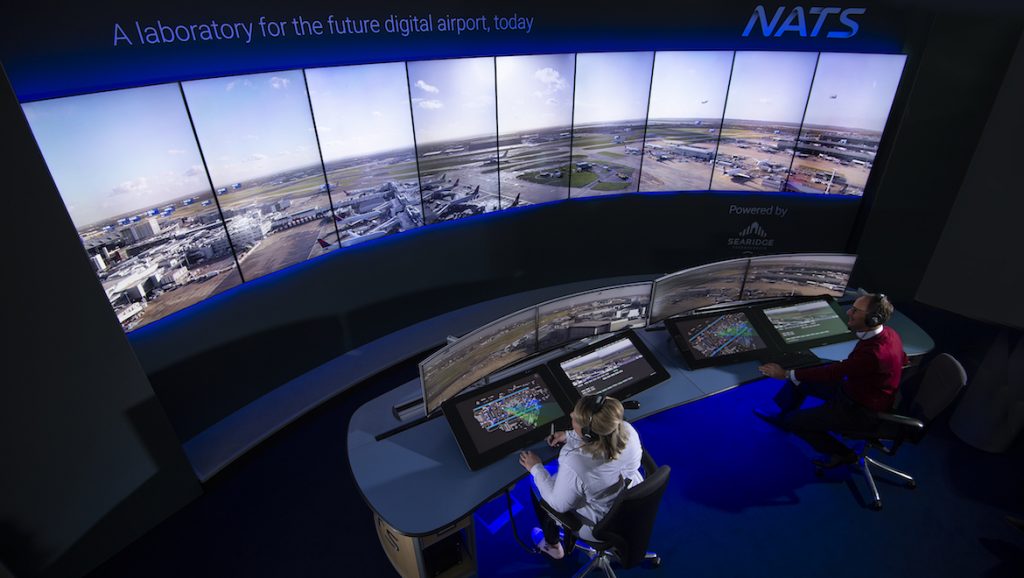
London City Airport revealed on Friday that it has quietly rolled out the use of virtual control tower technologies, with all air traffic operations being controlled remotely, 145 kilometres away.
London City, the first international airport to introduce remote air traffic control operations, announced that it has successfully had the systems in place and operational since January.
Over the last few years, management at the airport has developed and built a brand-new control tower, but one that requires no one to physically sit inside of it.
The new tower, built by Swedish aerospace company Saab, boasts 16 high-definition cameras, and sensors mounted on 50-metre-high posts, in order to give controllers a live 360-degree view of the runway, taxiways, aprons and the airspace that surrounds the airport.
The information from the cameras and sensors is then fed through fibre optic cables to the central control centre based in Swanwick, Hampshire – over 144 kilometres away from the airport.
The live panoramic visual feed, paired with a live audio feed of the airport, as well as the radar and sensor information, are all used by controllers to manage air traffic at the airport.
According to the airport, the system will help improve efficiency, as well as appropriately accommodate for an increase in traffic to the airport in the future, as the same number of controllers can handle a larger number of plane movements, thanks to the additional information and data points provided by the set-up.
According to Alison FitzGerald, London City’s chief operating officer, the system has a wide range of reinforcements to ensure that no part of the system ever fails without a backup – from cyber security measures, to spikes surrounding cameras to keep stray birds from affecting the visual feed.
While the use of remote air traffic control technologies has “raised a few eyebrows”, FitzGerald has said that, to date, the system has worked seamlessly.
“[The new system] benefits safety, and it also benefits efficiency. It enables us to grow in a more efficient way,” FitzGerald added.
“It’s more safe because actually what we’re doing is providing air traffic controllers with more data.”
Today, the air traffic control tower at London City sits empty.
“Not being at the airport anymore, you don’t have that smell of jet fuel when you arrive at work,” said controller Lawrie McCurrach from his new base.
“But fundamentally, the job hasn’t changed. It’s still about the controller’s eyes finding the aircraft and monitoring it visually. The difference is we’re using screens instead of windows.”
FitzGerald also said that London City’s new tower had attracted interest from other big airports, and she believes that remote air traffic controllers will become more common in future.
Interest in a future remotely-controlled ATC tower has already been flagged by Britain’s busiest airport, Heathrow.












